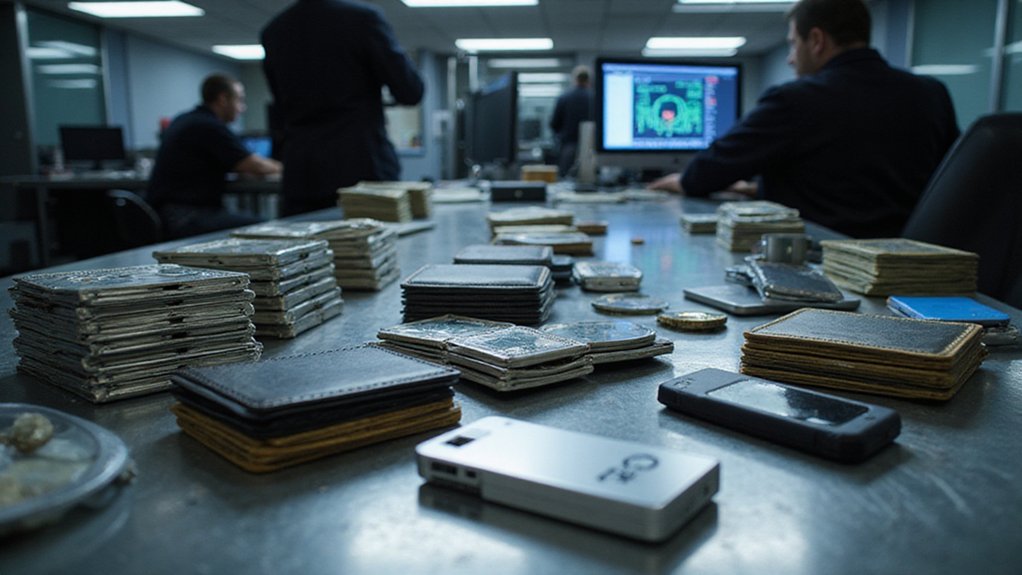In a move that would make even the most surveillance-conscious cryptocurrency enthusiast raise an eyebrow, Russia has launched an extensive national registry designed to catalog every mining rig humming away within its borders. The Ministry of Energy, collaborating with the Federal Tax Service and Ministry of Digital Development, established this centralized database on July 7, 2025—creating what amounts to a thorough inventory of the nation’s crypto mining apparatus.
This registry represents the natural evolution of Russia’s 2024 cryptocurrency mining legalization, transforming what was once a regulatory gray area into a meticulously documented sector. Miners must now register not merely their operations but every piece of equipment—complete with serial numbers and device models—effectively creating a digital fingerprint for each rig. The irony is palpable: an industry built on decentralization now faces unprecedented centralized oversight.
An industry founded on decentralization now submits to meticulous state cataloging—every mining rig documented, serial-numbered, and officially fingerprinted.
The initiative addresses practical concerns that extend far beyond ideological debates about financial sovereignty. Illegal mining operations have created genuine energy crises in certain regions, with unauthorized electricity consumption causing shortages and substantial losses for power companies. The registry enables authorities to distinguish between legitimate operations and those siphoning electricity without proper authorization or taxation compliance.
Regional enforcement varies dramatically across Russia’s vast territory. Ten regions face outright mining bans through 2031, and the registry provides local authorities with the data necessary to identify violators operating in prohibited zones. This geographical patchwork of regulations creates an interesting arbitrage opportunity (for those willing to relocate their operations) while simultaneously complicating enforcement efforts.
The economic implications are substantial. By bringing mining operations into the formal economy, the registry aims to capture previously undeclared income and reduce state financial losses. Tax authorities can now correlate energy consumption patterns with declared mining revenues, creating a more robust framework for compliance verification. Given that serious mining operations require ASIC hardware and power supply units typically over 1000W, the registry’s tracking of specific equipment models enables precise monitoring of actual mining capacity versus declared operations.
Whether this thorough approach will achieve its stated objectives—reducing illegal mining, preventing energy abuse, and maximizing tax collection—remains to be seen. What’s certain is that Russia’s miners now operate under scrutiny that would have been unimaginable during cryptocurrency’s early days, when anonymity and regulatory avoidance were fundamental appeals of the entire ecosystem.









